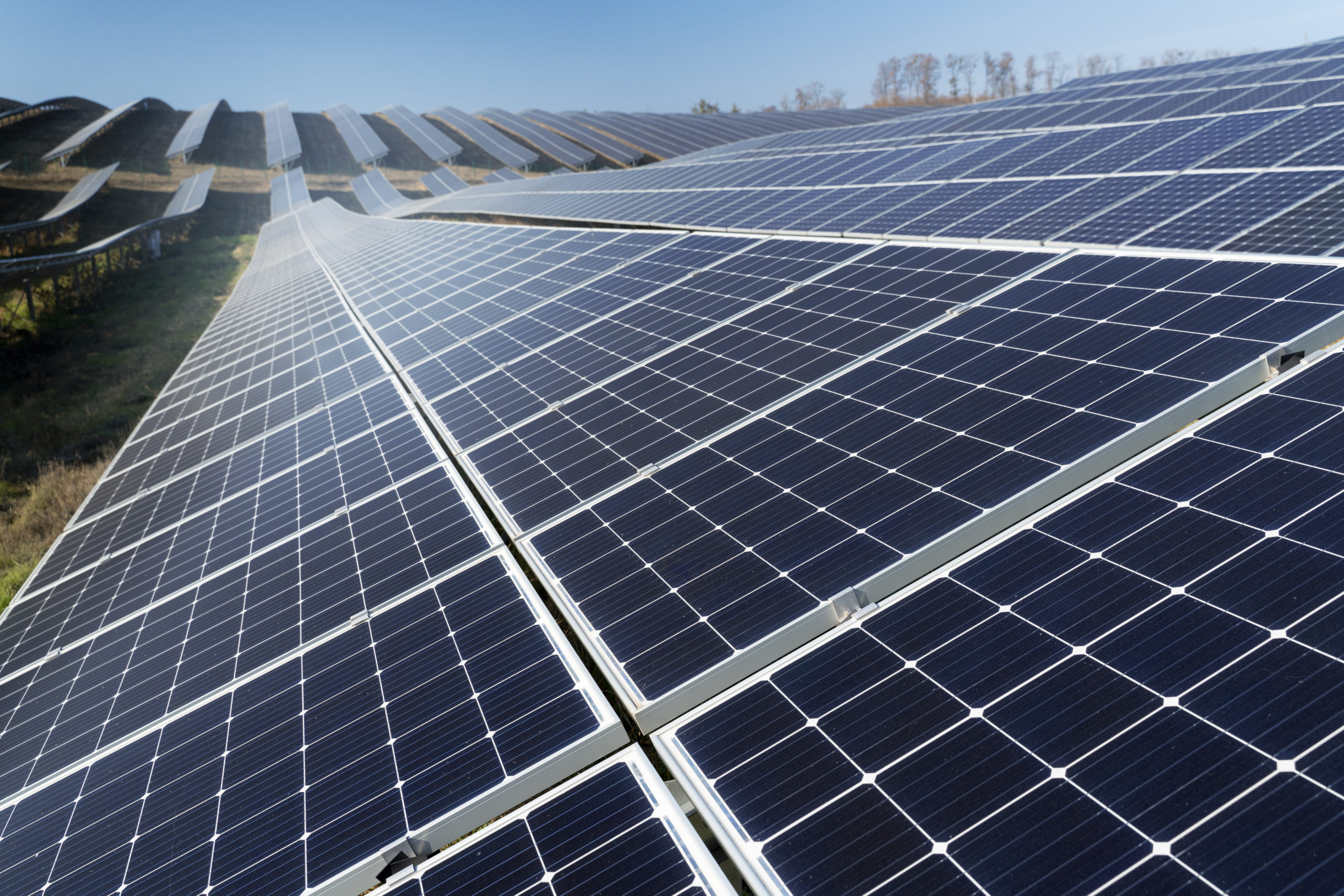In a world increasingly conscious of environmental concerns and energy efficiency, the integration of solar panels into building design has emerged as a defining feature of modern architecture. Solar architecture is not merely a functional pursuit but an art form that blends aesthetics and sustainability. In this blog post, we will explore the captivating world of solar architecture, delving into the innovative designs and concepts that seamlessly incorporate solar panels into the aesthetics of a building.
The Solar Elegance
The marriage of solar panels and architecture is a harmonious one, where form meets function in the most elegant way. Solar panels, often seen as a symbol of sustainable energy, have evolved from bulky, unattractive installations into architectural elements that enhance the overall appeal of a structure. Let’s explore how this transformation has taken place.
1. Solar Panels as Canopies:
One of the most intriguing approaches to solar architecture is using solar panels as canopies or shading devices. These installations not only generate electricity but also provide shelter and shade. Architects and designers have seamlessly integrated solar panels into building facades, parking lots, and public spaces. The result? Buildings that not only look modern and appealing but also offer a practical solution to reduce energy consumption.
2. Building-Integrated Photovoltaics (BIPV):
BIPV is a revolutionary concept where solar panels are an integral part of the building envelope. This approach ensures that the solar panels blend into the overall design, becoming nearly invisible. The panels can be integrated into roofs, walls, or even windows, offering architects creative freedom while harnessing the power of the sun.
3. Solar-Enhanced Landscaping:
Solar architecture is not limited to the building itself but extends to the surrounding landscape. Solar panels can be incorporated into walkways, garden installations, and outdoor seating areas, creating a captivating interplay between nature, architecture, and energy generation.
The Aesthetic Appeal
While the primary purpose of integrating solar panels is to harness solar energy, architects are increasingly treating them as design elements, enhancing the aesthetic appeal of the building.
1. Innovative Facade Designs:
Architects are experimenting with different materials and techniques to incorporate solar panels into facades without compromising aesthetics. This has given rise to stunning facades with intricate patterns and designs, transforming buildings into artistic creations.
2. Light and Shadow Play:
The interaction of sunlight with solar panels can create mesmerizing light and shadow effects. Buildings that integrate solar panels in a way that captures the play of light and shadow not only become architectural landmarks but also reduce energy consumption by shading and cooling the interiors.
3. Dynamic Solar Installations:
Some architects have taken solar architecture to a whole new level by designing dynamic solar installations. These installations can change their configuration to optimize energy capture throughout the day, and in doing so, they become an ever-changing work of art.
The Future of Solar Architecture
The future of solar architecture promises even more exciting possibilities. As technology advances and solar panels become more efficient and affordable, architects will have greater freedom to experiment with their designs. Here are some trends to watch out for:
1. Smart Solar Facades:
Smart solar facades will be able to adjust their transparency and angle to maximize energy generation while still providing natural light and visibility. This opens up a new world of design possibilities.
2. Solar-Integrated Skyscrapers:
In urban landscapes, skyscrapers are increasingly incorporating solar panels into their design. As these structures reach for the sky, they harness more sunlight, making them both power generators and architectural marvels.
3. Solar Skin Technology:
The continuous progress in materials science is driving innovation in the creation of solar skins, offering an affordable solution to retrofit existing buildings with solar panels. This approach preserves the original appearance of structures while enhancing their energy efficiency.
Conclusion
Solar architecture represents a stunning synergy between art and sustainability. Architects, designers, and engineers have embarked on a journey to integrate solar panels seamlessly into the aesthetics of buildings, resulting in structures that are both energy-efficient and visually captivating.
The transformation from clunky solar installations to elegant architectural elements has brought about a new era in design and environmental responsibility. As technology continues to advance, the possibilities for solar architecture are boundless, promising a future where every building is a work of art and a powerhouse of clean energy. This is the art of solar architecture, where aesthetics and sustainability converge, and the future is a canvas filled with energy and innovation.

